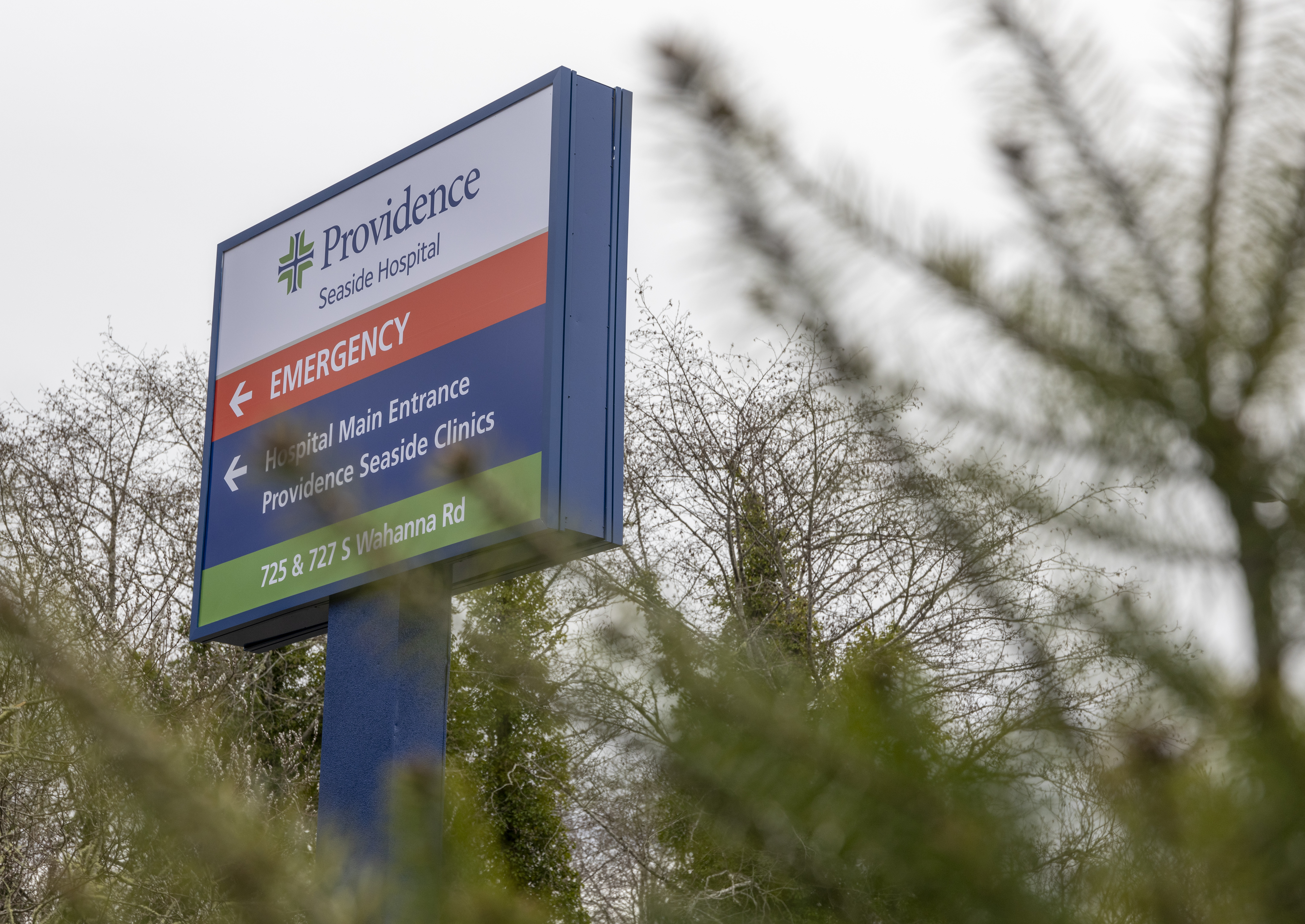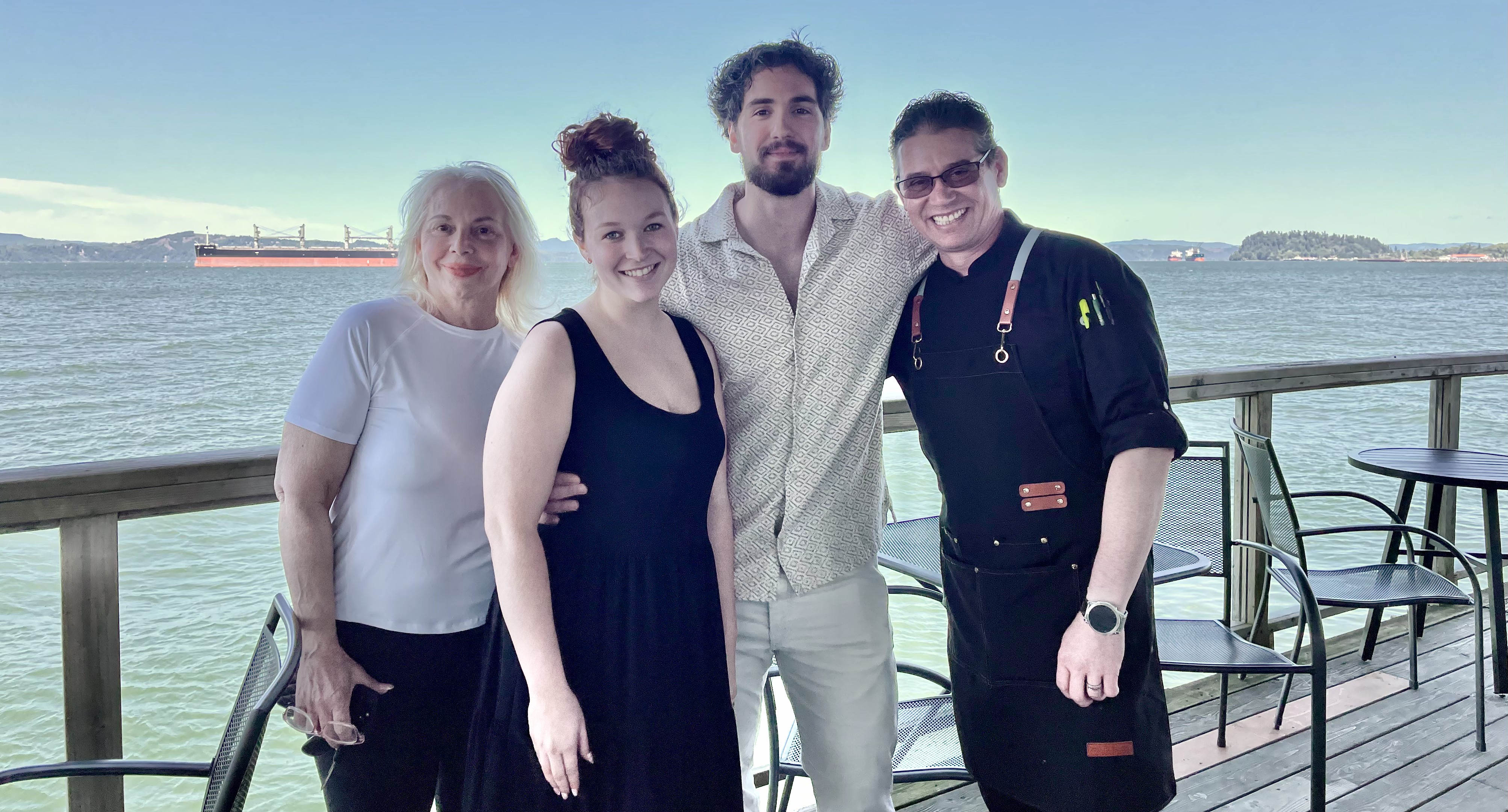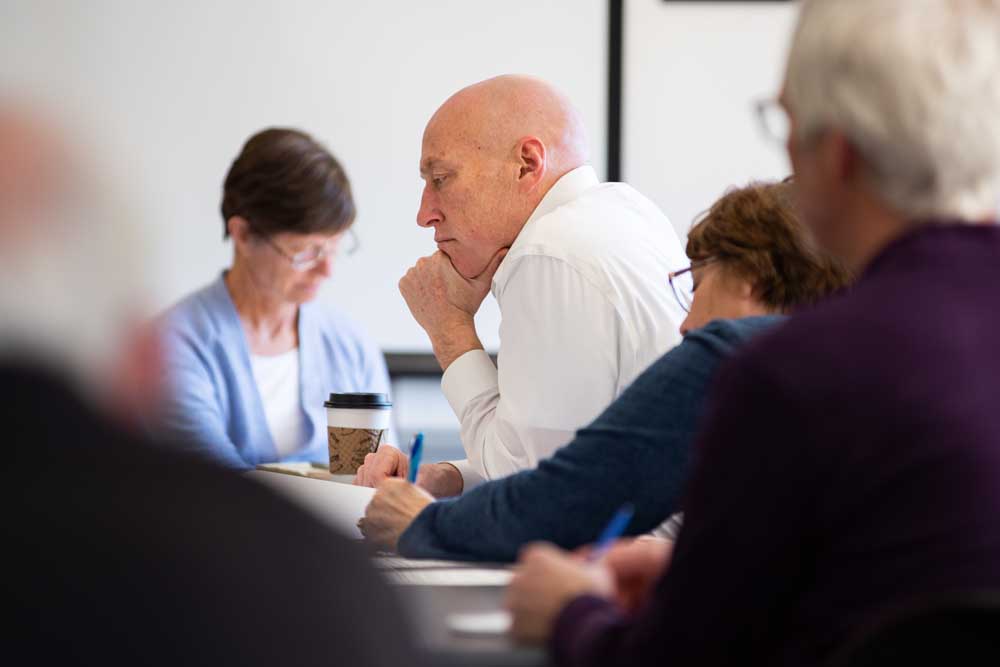Parking tight on Columbia River
Published 5:09 am Thursday, December 1, 2016

- Vessels parked near Rice Island in August on the Columbia River.
On any given day, up to 10 ships can be found at anchor in the Columbia River along the Astoria waterfront, waiting for berths to open upriver.
Trending
The river includes 11 federally designated anchorages with more than 40 parking spots between Astoria and Vancouver, Washington.
Faced with seasonal shortages to anchor larger Panamax-sized vessels, the Columbia River Pilots are testing new anchorages near Tongue Point, Port Westward and Mayger. The group is responsible for helping pilot ships safely up the narrow shipping channel.
“There’s not a whole lot of room for (anchored) ships,” said Rick Gill, president of the group.
Trending
Gill said getting more anchorages has been an ongoing issue, driven largely by the Columbia River Steamship Operators’ Association, which represents ship owners, operators, agents, towers and fuelers along the Columbia and Snake rivers.
Kate Mickelson, director of the association, said adding anchorages adds efficiency and makes regional ports more marketable.
When ships can’t anchor in the Columbia, they will sometimes steam in circles offshore while waiting, or be forced to go to lay berth, with little access to land-side services. In addition, Mickelson said, there are only four anchorage spots near Astoria — the only on the entire lower Columbia — that can take a vessel longer than 650 feet without use of an additional stern buoy to prevent the ship from swinging into the channel, or a tug on standby.
Mickelson said all those options, caused by congestion and lack of parking, increase costs and make the Columbia less attractive to shippers.
“On occasions when anchorages are unavailable or vessels are forced to stay at berth longer than necessary, terminals along the river system become congested and barge and train schedules become delayed,” Mickelson said. “While this may seem insignificant, it can disrupt the movement of goods all the way to the Midwest.”
Overseeing the anchoring of ships on the Columbia is the U.S. Coast Guard.
“The pilots came to us with a proposal last year for three new anchorages,” said Lt. Cmdr. Laura Springer, chief of waterway management for the Coast Guard’s Marine Safety Unit.
The first of the new proposed anchorages being tested is just south of Rice Island, a dredge spoil deposit north of Tongue Point on the Oregon-Washington border. Gill said the site provides a wide, off-channel area with room for three vessels. The pilots started placing vessels there in August.
Springer stressed that there is no law prohibiting vessels from anchoring anywhere outside the main channel, and that none of the anchorages proposed by the pilots have been designated with the Coast Guard. If the anchorages were to become official, she said, they would have to go through a public rule-making process.
Springer said the Coast Guard would revisit in the spring whether to start that process. Gill said the pilots haven’t even started testing the proposed anchorages at Port Westward or Mayger.
Much of the increased need for anchorages on the Columbia is driven by the U.S. Army Corps of Engineers’ $200 million channel-deepening project, completed in 2010. The project, which lowered the Columbia’s depth from 40 to 43 feet, was largely meant to accommodate the growing sizes of ships. Panamax ships, cargo carriers capable of passing through the Panama Canal’s locks, can run 1,000 feet long, 110 feet wide and draft more than 40 feet when loaded.
Since the project’s completion in 2010, according to the Army Corps, the deepened channel has led to more than $900 million in capital investments to the Columbia. Billions more are in the works, largely driven by bulk commodities such as grain, oil, coal and methanol.
“Our purpose is to make the Columbia River region increasingly popular for commercial ships and shipper(s) to come and do business,” Mickelson said. “Additional anchorages lines up with this purpose and would aid in improving efficiencies within our system and help our regional ports become more marketable, enable more cargo volumes to transit our system, and bring growth and jobs to our ports and regional economies.”









